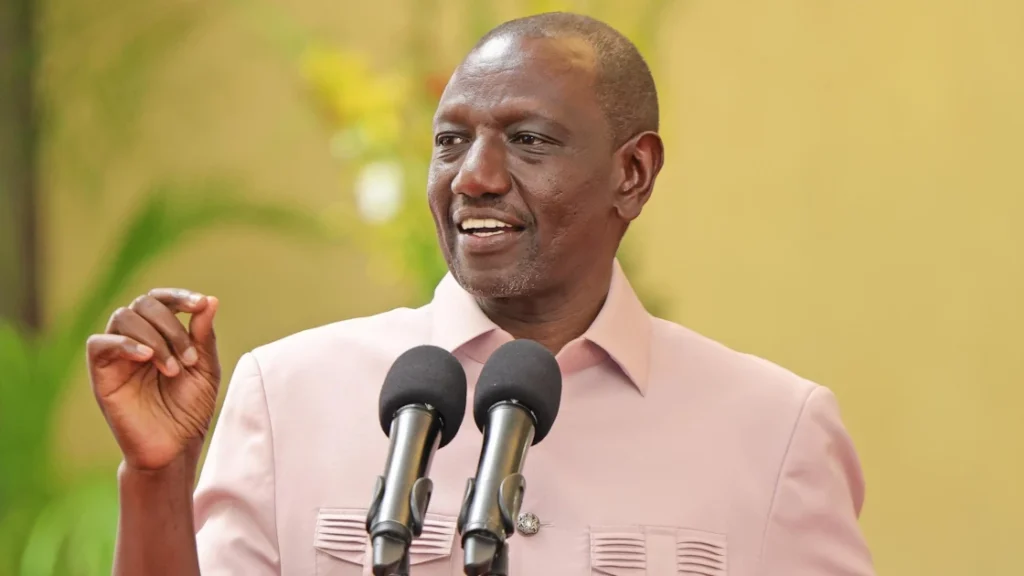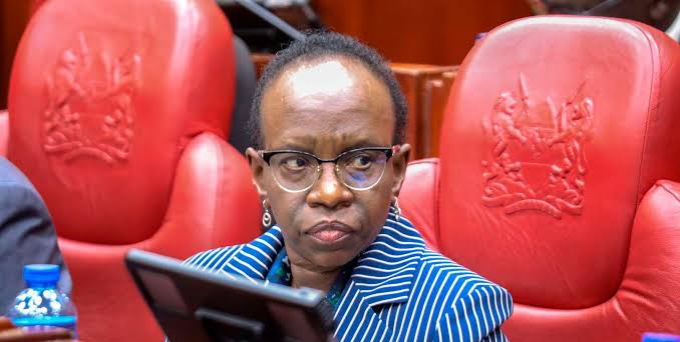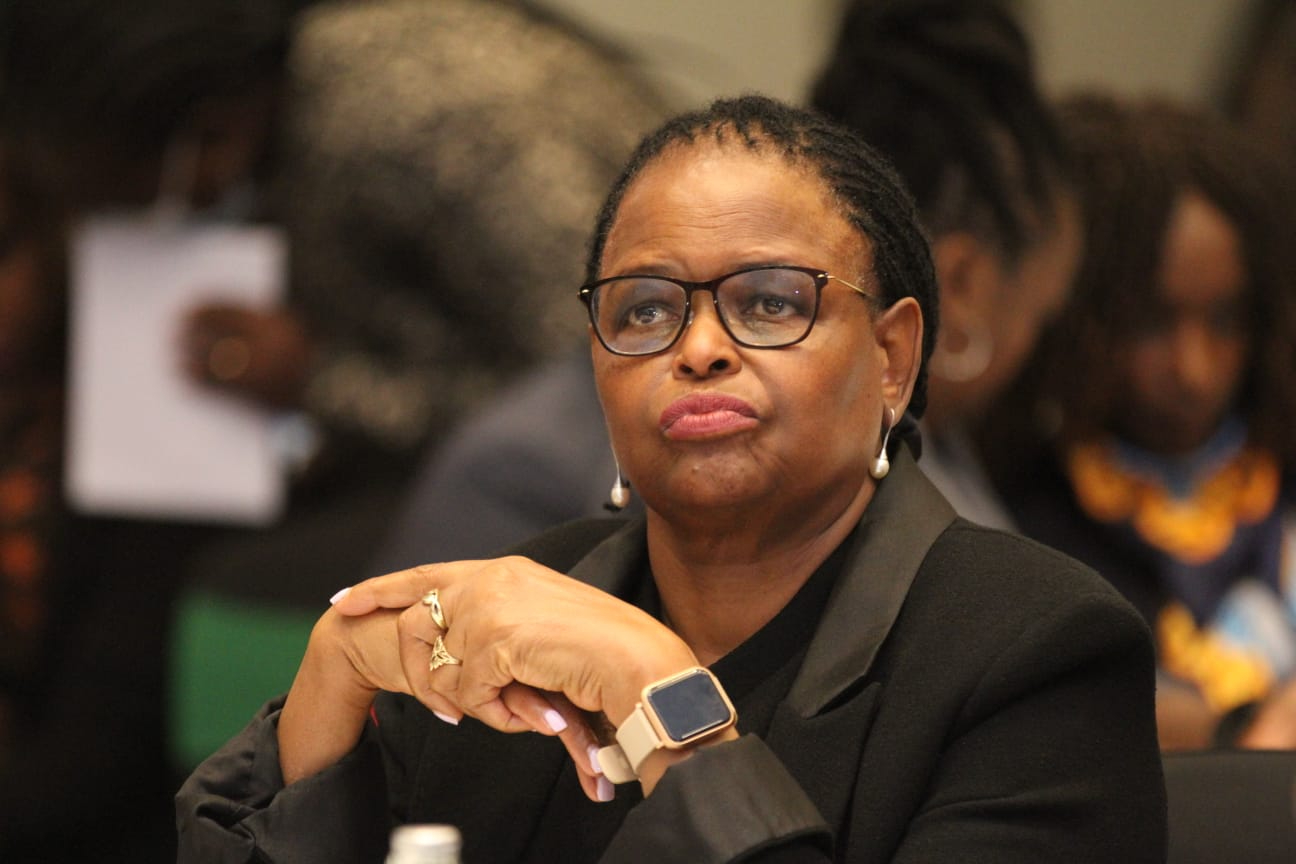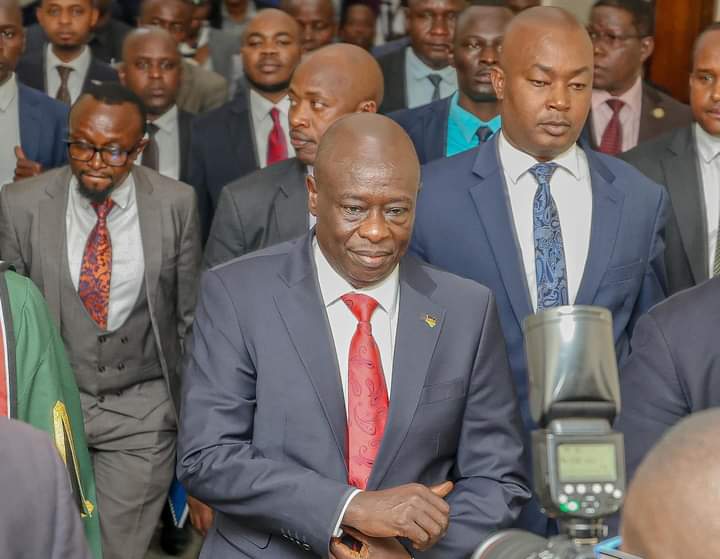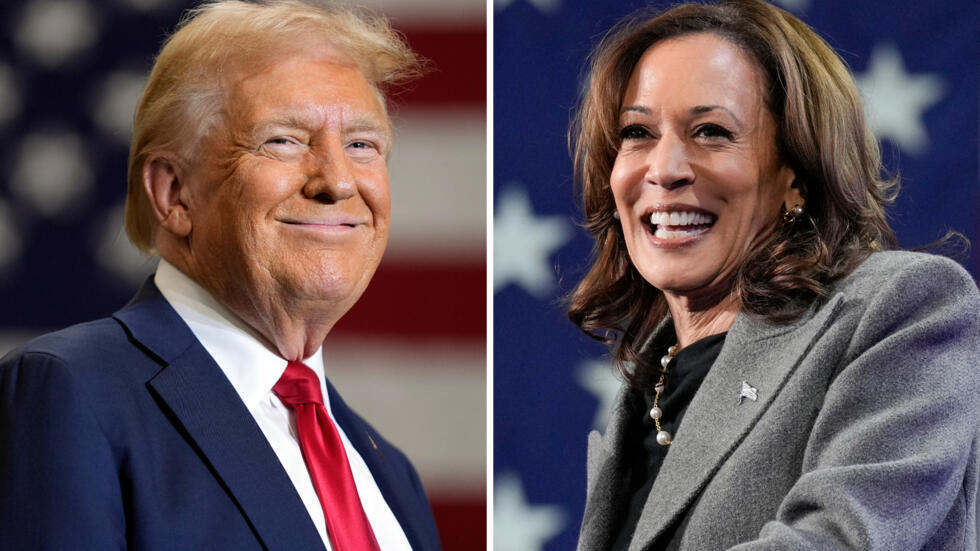Nairobi, November 3- President William Ruto has unveiled a KSh 4.5 trillion development plan aimed at transforming Kenya into a first-world nation within the next 30 years. Speaking during a church service in Vihiga County on Sunday, November 2, 2025, the President said the plan set for parliamentary debate soon will be financed through strategic partnerships and prudent resource management rather than new taxes.
The ambitious proposal allocates KSh 1.5 trillion each to infrastructure, energy, and agriculture. The infrastructure component will focus on expanding roads, railways, and airports, while the energy sector will receive major investments to enhance power generation and access.
The agriculture plan seeks to irrigate two million acres of land to boost food security. “We have the potential to become a first-world nation. Remaining a third-world country is a mistake,” Ruto said, emphasizing Kenya’s capability and vision for transformation.
However, the announcement comes at a time when Kenya faces mounting debt pressures. Treasury data shows the country’s public debt stood at KSh 11.97 trillion as of August 2025 equivalent to 67.4 percent of GDP, far above the 50 percent ceiling recommended by the IMF.
The government’s current budget projects a KSh 900 billion deficit, to be filled mainly through borrowing. This has raised concerns about the feasibility of funding an additional multi-trillion-shilling plan without worsening Kenya’s debt burden.
Both the World Bank and IMF have recently warned that Kenya’s debt levels remain unsustainable, with interest payments consuming about a third of tax revenues. Ruto has pointed to the proposed National Infrastructure Fund (NIF) which will pool resources from the national budget, private investors, and proceeds from privatizing state-owned enterprises as a key financing tool for the plan.
The proposal’s success depends on parliamentary approval, where it is expected to face scrutiny from the opposition. Critics have accused the government of increasing public spending while Kenyans continue to grapple with a high cost of living.
Analysts from the Institute of Economic Affairs (IEA-Kenya) have also questioned whether the government can mobilize such vast resources without increasing taxes or deepening the debt crisis. As Parliament prepares to review the plan, it remains to be seen how the government will balance its growth ambitions with the realities of Kenya’s fiscal constraints.

